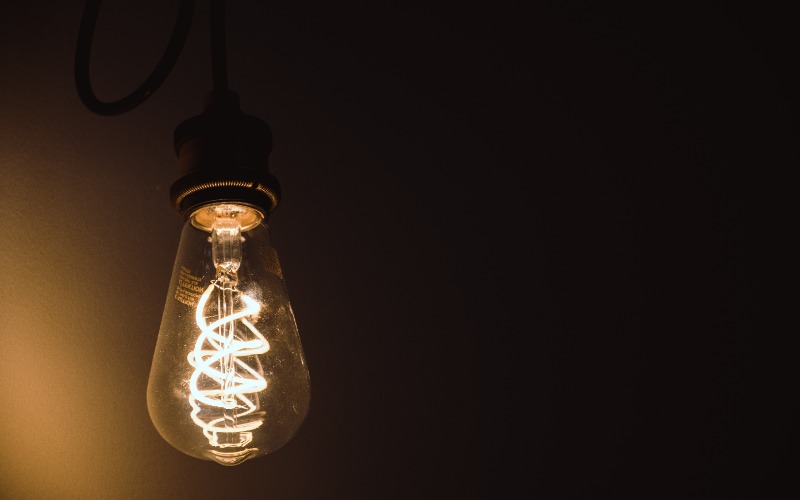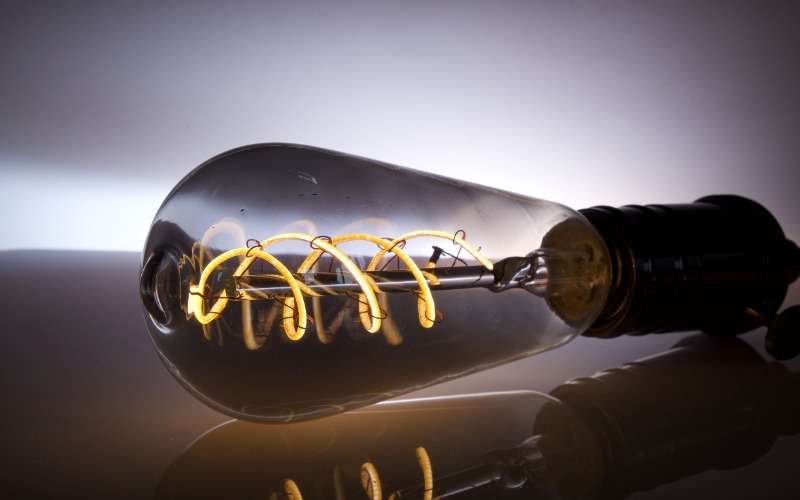Imagine creating electricity from something as simple as vibration. That’s the idea behind piezoelectric generators. Many scientists and engineers believe piezoelectricity could be a valuable power source for home charging. How much potential does this technology have, and how do piezo generators work?
What Is a Piezo Generator?
A piezo generator uses the piezoelectric effect to create usable electrical power. The piezoelectric effect is an amazing capability some materials have to generate an electric charge due to mechanical stress, such as vibration. These materials also have a converse piezoelectric effect, which means they can cause mechanical stress in response to an electric charge.
A small-scale everyday example is electric cigarette lighters. The lighters don’t need batteries because they have a small piezoelectric generator powered by the button on top of the lighter. When pressed, it generates just enough mechanical stress to create a small charge and ignite the lighter.
This technology has seen significant development over the past decade. The piezoelectric device market is projected to grow over $10 billion between 2023 and 2028, indicating accelerating interest in applications for piezo generators.
Interest in piezoelectricity has also increased in response to the need for more clean energy sources. Transitioning the world to carbon-free energy could take years, and requires investment and development in various renewable energy sources. Piezoelectricity could supply clean energy through energy harvesting, making it an appealing area for research in today’s energy industry.
Pros and Cons of Piezo Generators for Home Charging
There are countless applications for piezoelectricity. One particularly interesting one is home charging. Could piezo generators act as clean electric generators for houses around the world? There are a few pros and cons to analyze.
Benefits of Piezoelectric Generators
One benefit of piezo generators is clear — they can be emissions-free. The piezoelectric effect doesn’t necessarily require a carbon-emitting energy source. All it needs is some physical force to apply mechanical stress to the piezo cells. That initial force can come from any number of possible sources, many of which are clean.
A common example of this concept at work is piezoelectric generators embedded into roadways. A thin blanket of piezo cells could be integrated into the pavement so the vibrations caused by vehicles on the road generate piezoelectric power.
There’s plenty of room for energy harvesting in today’s power generation environment. Studies show about 65% of energy from conventional power generation methods like gas and coal is lost yearly. In addition to transitioning to cleaner energy sources, utility providers can also work to recapture that lost energy through energy harvesting.
Piezo generators are one possibility for accomplishing this. If they were integrated into roadways on a large scale, they could act as a viable backup power source or charging source for thousands of homes.
Drawbacks of Piezoelectric Generators
Engineers are still learning how to utilize the piezoelectric effect. So, there are some drawbacks to the technology that may present difficulties in applying it to home charging shortly. There are currently two main disadvantages to piezo generators — low power output and high cost.
Piezoelectricity can generate high voltages, but doing so cost-effectively takes work. Traditionally, most piezoelectric materials were very inefficient, creating a small amount of energy in proportion to the mechanical stress applied to the system. That’s beginning to change today.
Advancements in Piezo Generator Technology

Over the past several years, scientists worldwide have made some amazing advances in piezoelectric materials science. These developments may help resolve the high cost and low power output challenges. With enough innovation, there is massive potential for piezo generators as a home charging solution.
For example, in 2018, a team of materials scientists at the Indian Institute of Science developed a ceramic piezoelectric material that nearly matched the properties of piezoelectric crystals. Ceramics are less expensive to produce compared to conventional piezoelectric materials, such as quartz. Advancements like this could lower the cost of piezo generators.
In 2023, a team of researchers at the University of California developed another groundbreaking approach to piezoelectric generators. Their plan focuses on increasing the energy density of piezoelectric roadways to maximize the power they can produce. The research found these ultra-high power density piezoelectric roads could potentially generate tens of thousands of kilowatt-hours of electricity per year. Plus, the energy harvesting system would save an estimated 115 million metric tons of CO2.
Some scientists and engineers are also studying ways to mix the piezoelectric effect with other unique types of energy generation. For example, one strategy involves increasing the energy output from the piezoelectric effect by combining it with the triboelectric effect. The hybrid piezo/triboelectric generator can act as an independent, self-sufficient power source.
Are Piezo Generators the Future of Home Charging?
Piezo generators utilize an incredible property of electricity and materials science. Engineers can harness this property to create clean power through energy harvesting. While piezoelectric generator technology still needs more R&D, it is very promising.
Early research projects show piezoelectric roadways could generate enough power for dozens or even thousands of homes. With a little more innovation, piezo generators could be the next big power source for home charging all over the world.










